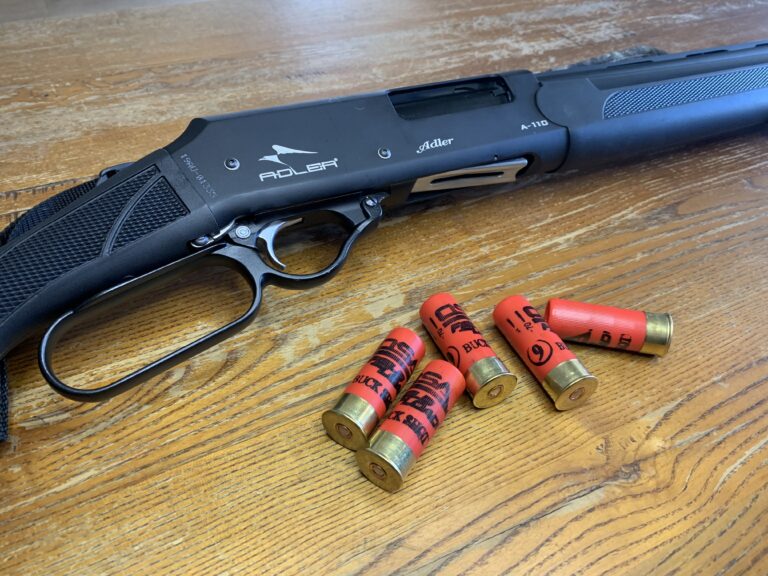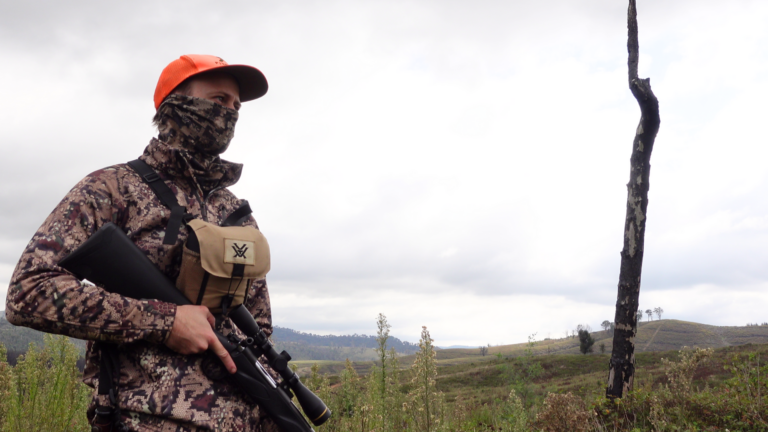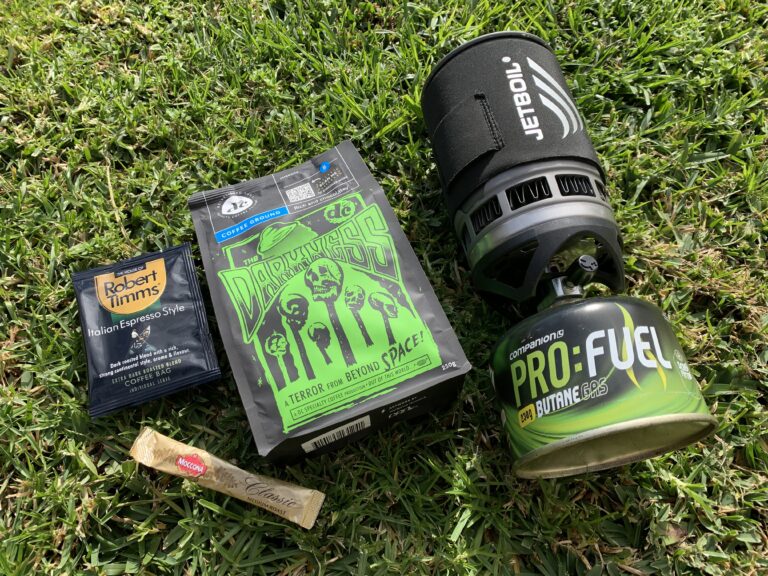MARINE FLARES
Popularised by soccer hooligans, and through their widespread usage in Hollywood action films. Marine flares are undoubtedly the most underrated, and often misused, safety device in a recreational boaters arsenal.
In this article, I’ll give you the complete run down on this essential piece of safety equipment. From the various types of flare available, to safe storage and handling requirements, and far more importantly – information on how to dispose of your expired flares properly. Let’s get into it.
What is a marine flare?
A marine flare is a visual distress signal which is used to notify nearby aircraft, watercraft, or land-based observers of an emergency. Once activated, the device will emit either a large plume of orange smoke, or a bright red beacon of light. This will be dependant upon the type of flare which is chosen. In an ideal scenario, you will activate the flare once a direct line of sight has been established with an observer. Upon witnessing this signal, this observer will then contact emergency services to initiate a rescue attempt, or they will provide direct assistance themselves, if situated on a nearby watercraft.
As a marine flare will only remain active for a relatively short period of time, thought should always be given to your situation, and the likelihood of that your distress signal will be observed, prior to activation. Even in the most ideal weather conditions, there is no guarantee that your flare will be noticed. So with that in mind, it would be wise to invest in additional emergency equipment to increase your chances of survival.
Types of flares
Orange smoke
A handheld distress signal which is designed to emit a large plume of highly-visible orange smoke, once activated. The length of time this smoke will remain active may vary between manufacturer and model, however, the average use time will generally range between 40 seconds and 3 minutes.
These flares are highly effective when used during bright daylight hours, with calm and clear weather conditions. Environmental factors such as rain, fog, and wind will drastically reduce the visibility of these devices – in some cases, rendering them completely ineffective. Unlike the other types of flare listed below, an orange smoke flare DOES NOT emit any form of bright light. As such, they are are not suited to use at night. These flares have a maximum visual range of approximately 1.4 nautical miles (nm).
Red (handheld) flares
A handheld distress signal which is designed to emit a bright red beacon of light. This type of flare is suited to day and night use, and as a general rule, will have a minimum activation time of 60 seconds. The maximum visible range for a handheld flare is around 6.5nm at night, and 3nm during the day. As with all types of flare, environmental factors such as rain and fog may heavily reduce the visibility of these devices.
Red star parachute flare
As with the red handheld flares above, a red star parachute rocket is designed to emit a bright red beacon of light. What sets this apart from the latter option, is the added action of this light being fired into the air upon activation. Think of it like a slow falling firework.
These flares are largely kept on offshore (or ocean-based) vessels, where this greater height and visibility is required to overcome swell and other environmental factors. Once activated, the “star” (projectile) will burn for a minimum of 40 seconds.
Flare guns
Once a mainstay of offshore vessels and Hollywood blockbusters, flare guns have slowly been phased out over the past few decades in favour of the safer (and more user friendly) red star parachute flare. While it may still be possible to acquire a flare gun in Australia as a collectors item, it’s unlikely that you’ll be able to find the cartridges to feed it. If you do happen to stumble across one, make sure that you check out your current state regulations before buying it – as it may fall into the category of pistols due to their physical size and appearance.
In countries where these are still available, they are a handy addition to your vessel – due to their size
Additional safety equipment
As I mentioned earlier, there is no guarentee that the use of a flare will result in a sucessful rescue attempt. There are
Dye markers – like what damien gave me
EPIRB
Marine UHF radio.
Red laser (less effective etc).?
General rules
In most Australian states, recreational boaters must carry two of each type of flare when traveling on open waters. This includes two orange flares, and two red handheld flares. If traveling offshore (i.e. the ocean) all vessels must have (insert) atleast two red star parachute flares as well.
Expiration dates
As a general rule, marine flares will expire 3 years from the date of manufacture. This is due to the gradual deterioration of the propellant as it ages. While a flare may still fire after the listed expiry date, it’s best to replace them – as there is no guarantee that it will function as the manufacturer intended. This may place your life, or lives of others at unnecessary risk.
Beyond the safety aspect, maritime police and various other state agencies regularly conduct compliance checks of marine safety equipment – including marine flares.
You may be issued with a fine if you are found in possession of expired flares.
will apply to any individual who is found in possession of expired flares.
Disposing of old flares.
Each state has their own process to dispose of expired flares. Click the relevant state below to find information which applies to you.
Use flares to get the attention of other boats or aircraft in the area if you need assistance. Flares must be carried on all Queensland-registered ships, visiting interstate ships, ships under a restricted use authority and personal watercraft (PWC) that operate beyond smooth water limits, except for tenders that don’t need registration. Two orange smoke and 2 red hand flares are needed as part of the safety equipment for these boats.
Your flares must be in date. Flares have a life span of 3 years and must be replaced before they expire. The expiry date is printed on the flare.
Always read the instructions and make sure you understand the manufacturer’s directions before storing your flares on board your boat.
Flares should be stored in a dry place where they will be easily accessible in an emergency.
The red and orange flares allow a distress signal to be seen during the day and at night-time. Effective ranges of these flares in conditions of good visibility are:
l
Make sure you dispose of expired flares correctly.
types of media material
powder and heat?????
laser
se
You must carry 2 of each kind. Everyone on board should be able to find and ignite the correct flare, even in total darkness. Keep flares in an accessible, sealed and waterproof container.
It is also an offence to set off flares except in the case of an emergency
“Flares must not be placed in any waste bin, “They are highly flammable and can cause injury, fire and damage to property. Flares are also hazardous for the environment if they end up in our landfill.
“That’s why it’s important to take advantage of this opportunity to dispose of them correctly.”
For more information and to view collection locations, visit https://www.nsw.gov.au/driving-boating-and-transport/waterways-safety-and-rules/lifejackets-and-safety-equipment/flare-disposal#toc-expired-marine-flares-collection-sites
If you are looking to dispose of Emergency Position Indicating Radio Beacons (EPIRBs) visit www.beacons.amsa.gov.au
In addition to these special flare collection dates, MidCoast Waste Management Centres offer free disposal of expired fire extinguishers.
To find out more about disposal of problem waste visit www.midcoast.nsw.gov.au or www.epa.nsw.gov.au
For a state=by=state list on where to diose of e
NSW
Flares can be disposed of
Qld
Out-of-date marine flares can be disposed of in special collection bins provided by the Queensland Department of Transport at:
- Volunteer Marine Rescue
- Australian Volunteer Coast Guard
- Queensland Transport Maritime Safety Queensland.
Refer to the list of flare disposal locations on the Maritime Safety Queensland website.
Criminal misuse
s
There are severe penalties for the misuse of flares including—the cost of labour, risk incurred or loss sustained as a result of misusing flares.
No information was found online.
No information was found online.
No information was found online.
No information was found online.
Expired flares can be dropped off at any ‘FlareSafe’ event held within the state. These events are free to attend, and do not require registration. However, they
FlareSafe events
Stay up to date with future events by following Maritime Safety Victoria on Facebook.
You don’t need to register to attend these events, just pop by to drop off your old flares and pick up some boating safety tips. Two of the three events will be held alongside FloatSafe clinics – so bring your inflatable lifejacket with you too, and learn how to self inspect it.
If you can’t make one of these pilot events, contact your local police station to see if they will accept your expired flares.
No information was found online.
Picture above: Two small outboard anodes (old and new) placed side by side
Suggested posts

- ozfishandgame
With every passing day, it seems as though another restriction is proposed against lawful firearms ownership in Australia. Despite each proposal being more illogical and poorly conceived than the last, we allow each restriction to pass uncontested. Why? Because the majority of us are convinced that a proactive response will go largely unnoticed. This apathy has continued to spread throughout our community. If our attitude doesn’t change, a total ban on firearms WILL be the inevitable outcome. So, how do we shift this mindset and encourage a community to take action? This article contains one possible solution, starting with an easy win for shooters.

- ozfishandgame
Firearms safety is a critical aspect of responsible gun ownership and handling. One of the more insidious hazards that can compromise your safety is a barrel blockage. This article highlights the underlying causes of this problem and outlines the crucial steps you can take to prevent it from occurring.

- ozfishandgame
Are you a new hunter in NSW? Do you want to hunt native game birds, or access public land hunting opportunities? Well, you’re going to need a recreational hunting licence. The two most common are the General (G) licence and the Restricted (R) licence. In this guide, I’ll discuss the differences between them and help you to decide on which one to choose.

- ozfishandgame






